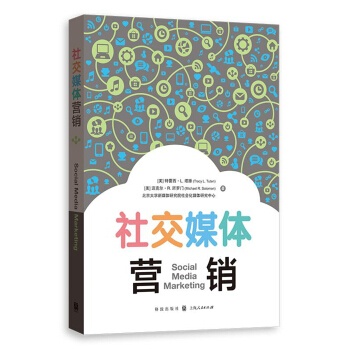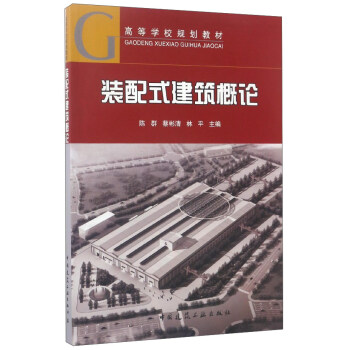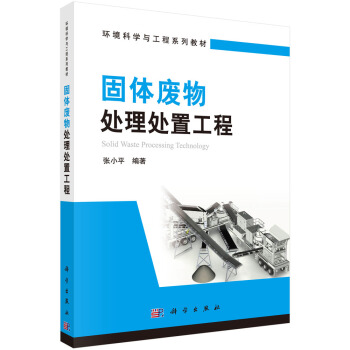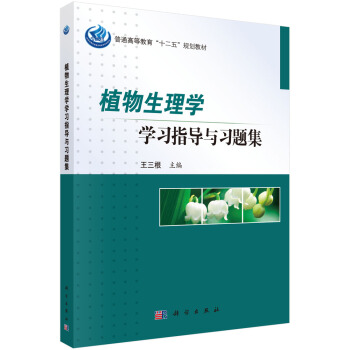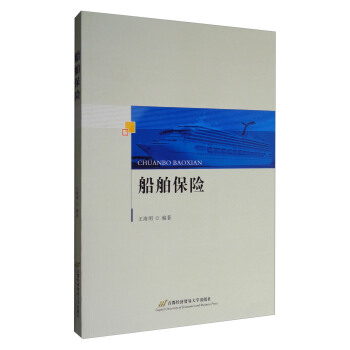![中醫基礎理論(漢英對照 附光盤) [The Foundations of Chinese Medicine]](https://pic.tinynews.org/11795508/564bd8f1Nb6a56450.jpg)

具體描述
內容簡介
《中醫基礎理論(漢英對照)》主要特點在於:理論上保證中醫理論體係的係統性、完整性、原創性;內容上繼承與創新相結閤,在溯本求源基礎上,反映中醫基礎理論新發展動態;文字上語言精練,通俗易懂,譯文準確流暢,意譯與直譯結閤;形式上除文字錶述外,適當配圖錶、示意圖,並首次采用段落式對照翻譯,並對文化缺省和文化空缺做瞭腳注,書末還附有光盤,有標準的漢語和美式英語專傢朗讀的音頻資料,便於中外讀者的理解和學習。目錄
第一章 緒論Introduction一、中醫學的基本概念及其學科屬性The Basic Concept of TCM and Its Discipline Feature
二、中醫學理論體係的形成和發展Formation and Development of TCM Theoretical System
三、中醫學的基本特點The Basic Characteristics of Theoretical System of TCM
四、中醫學主要思維方法Major Thinking Methods of TCM
五、中醫基礎理論的主要內容及學習方法Main Contents and Learning Methods of TCM Foundations
第二章 中醫哲學基礎Philosophical Basis of TCM
第一節 陰陽學說Theory of Yin and Yang
一、陰陽學說的形成Formation of the Theory of Yin and Yang
二、陰陽學說的基本概念Basic Concept of the Theory of Yin and Yang
三、陰陽學說的基本內容Basic Contents ofthe Yin and yang Theory
四、陰陽學說在中醫學中的應用Applications of the Yin and Yang Theory in TCM
第二節 五行學說Theory of the Five Elements
一、五行學說的形成Formation of the Theory of the Five Elements
二、五行學說的基本概念Basic Concept of the Theory of the Five Elements
三、五行學說的基本內容Basic Content of the Theory of the Five Elements
四、五行學說在中醫學中的應用Application of the Theory of the Five Elements in TCM
第三章 藏象Visceral Manifestation
第一節 概說Introduction
一、藏象概念Concept of Visceral Manifestation
二、藏象學說形成Formation of the Visceral Manifestation Theory
三、髒腑分類及其生理特點Classification of Zang-fu Viscera and Their Physical Characteristics
四、藏象學說特點Characteristics of the Visceral Manifestation Theory
第二節 五髒Five Zang-viscera
一、心Heart
附:心包絡appendix Pericardium
二、肺Lung
三、脾Spleen
四、肝Liver
五、腎Kidney
附:命門 appendix The Vital Gate
第三節 六腑Six Fu-viscera
一、膽Gallbladder
二、胃Stomach
三、小腸Small Intestine
四、大腸Large Intestine
五、膀胱Urinary Bladder
六、三焦Triple-jiao
第四節 奇恒之腑Extraordinary Viscera
一、腦Brain
二、女子胞Uterus
第五節 髒腑之間的關係Relationships among the Viscera
一、髒與髒之間的關係Relatinships among the Five Zang-viscera
二、髒與腑之間的關係Relationships between Zang-viscera and Fu-viscera
三、腑與腑之間的關係Relationships among six Fu-viscera
第四章 精、氣、血、津液Essence,Qi。Blood and Body Fluid
第一節精Essence
一、精的概念Concept of Essence
二、精的生成Production of Essence
三、精的貯藏與施泄Storage and Excretion of Essence
四、精的功能Functions of Essence
第二節 氣Qi
一、氣的基本概念Concept of Qi
二、氣的生成Production of Qi
三、氣的分類、分布與功能特點Classification,Distribution and Functional
Characteristics
四、氣的生理功能Functions of Qi
五、氣的運動Movement ofQi
第三血Blood
一、血的基本概念Concept of Blood
二、血的生成Production of Blood
三、血液的循行Circulation of Blood
四、血的功能Functions of Blood
第四節 津液Body Fluid
一、津液的基本概念Concept of Body Fluid
二、津液的生成、輸布和排泄Formation,Distribution and Excretion of Body Fluid
三、津液的功能Physiological Function of Body Fluid
第五節 精氣血津液之間的關係Relationships Among Essence,Qi,Blood and Body Fluid
一、精與氣的關係Relationship between Essence and Qi
二、精與血的關係Relationship between Essence and Blood
三、精與津液的關係Relationship between Essence and Body Fluid
四、氣和血的關係Relationship between Qi and Blood
五、氣和津液的關係Relationship between Qi and Body Fluid
六、血和津液的關係Relationship between Blood and Body Fluid
第五章 經絡Channels and Collaterals
第一節 經絡的概念與經絡係統的組成Concept and Composition of Channels and Collaterals
一、經絡的概念Concept of Channels and Collaterals
二、經絡係統的組成The Composition of Channel and Collateral System
第二節 十二經脈Twelve Regular Channels
一、名稱分類Nomenclature and Classification
二、循行分布規律Pathways and Distribution of Channels and Collaterals
三、錶裏關係Interior-Exterior Relationships
四、流注次序Order of Cyclical Flow
五、循行部位Running Routes of Twelve Channels
第三節 奇經八脈Eight Extraordinary Channels(Vessels)
一、奇經八脈的概念及特點Concepts and Characteristics of Eight Extraordinary Channels(Vessels)
二、奇經八脈的生理功能Physiological Functions of Eight Extraordinary Channels(Vessels)
三、奇經八脈的循行部位及功能特點The Running Route and Functional Chara cteristics of Eight Extraordinary Channels(Vessels)
第四節 經彆、彆絡、經筋、皮部Channel Divergence,Divergent Collaterals,Channel Sinews and Cutaneous Regions
一、十二經彆Channel Divergences
二、十五彆絡Fifteen Divergent Collaterals
三、十二經筋Twelve Channel Sinews
四、十二皮部Cutaneous Regions
第五節 經絡的生理功能Physiological Functions of the Channels and Collaterals
一、溝通聯絡作用Communicating and Connecting All Pans of the Body
二、運輸氣血作用Conveying Qi and Blood to Nourish the Whole Body
三、感應傳導作用Reaction and Conduction
四、調節平衡作用Regulating Functional Balance for the Body
第六節 經絡學說的臨床應用Application of the Channel-collateral Theory
一、闡釋病理變化Expounding Pathological Changes
二、指導臨床診斷Guiding the Diagnosis of Diseases
三、指導疾病治療Guiding Clinical Treatment
第六章 病因與發病Causes and Onset of Diseases
第一節 病因Causes of Diseases
一、外感性緻病因素Exogenous Pathogenic Factors
二、內傷性緻病因素Endogenous Pathogenic Factors
三、病理産物性緻病因素Pathogens from Pathological Products
四、其他緻病因素Other Pmhogens
第二節 發病Onset of Diseases
一、發病的基本原理Basic Principles of the Onset of Diseases
二、影響發病的主要因素Main Factors Influencing the Onset of Diseases
第七章 病機Pathological Mechanism
第一節 概說General Introduction
一、中醫病機學說的概念Concept of the Theory of Pathological Mechanism in TCM
二、病機學說的整體觀和辯證觀Holistic-dialectical Concept of the Theory of Pathological Mechanism
第二節 基本病機Basic Pathological Mechanism
一、邪正盛衰Prosperity and Decline of the Evil-Qi and Healthy-Qi
二、陰陽失調Imbalance Between Yin and Yang
三、氣血失常Disorders of Qi and Blood
四、津液代謝失常Abnormal Metabolism of Body Fluids
第三節 內生“五邪”病機The Pathological Mechanism of Five Endogenous Evils
一、風氣內動Wind-qi Stirring Within
二、寒從中生Cold Originating from Interior
三、濕濁內生Damp-turbidity Originating from Interior
四、津傷化燥Impairment of Body Fluids Transformed into Dryness
五、火熱內生Heat or Fire Originating from Interior
第八章 防治原則Principles for Prevention and Treatment
第一節 預防Prevention
一、未病先防Pre-disease Prevention
二、既病防變In-disease Prevention of Transformation
第二節 治則Treatment Principle
一、治病求本Treating the Root Causes of Diseases
二、扶正祛邪Supporting Healthy Qi and Eliminating Evil-qi
三、調整陰陽Restoring Balance Between Yin and Yang
四、調理氣血Adjusting and Rectifying Qi and Blood
五、三因製宜Treatment Individualized to Season.Locality and Patient
附錄1 關鍵名詞術語對照錶Key Words
附錄2 主要參考書目Bibliography
精彩書摘
《中醫基礎理論(漢英對照)》:王叔和《脈經》作為第一部脈學專著,對中醫脈學理論進行瞭全麵係統的總結和整理。該書闡述瞭浮、芤、洪、滑、數、促、弦、緊等24種脈象及其主病,提倡簡便實用的“寸口診法”,明確瞭左寸主心與小腸,關主肝膽,右寸主肺與大腸,關主脾胃,兩尺主腎與膀胱的三部脈位。
The earliest written discussion of the pulse, Pulse Classic(Mai Jing) written by Wang Shuhe, summarized and clarified TCM pulse theory comprehensively.This book expounded 24 kinds of pulse manifestation such as floating pulse, hollow pulse, bounding pulse, slippery pulse, rapid pulse, abrupt pulse, string —like pulse and tight pulse as well as their indicating syndromes. It advocated simple and convenient "wrist pulse—taking method", and pointed out the three sections that define the pulse positions: the left inch( cun) pulse manifests the heart and the small intestine, the bar( guan) pulse manifests the liver and the gallbladder, the right inch (cun) pulse manifests the lung and the large intestine, the bar(guan) manifests the spleen and the stomach, and both the left and the right cubit( chi) pulse manifests the kidney and the bladder.
隋代著名醫傢巢元方所著《諸病源候論》為第一部病因病機證候學專著。該書對內、外、婦、兒、五官、皮膚各科疾病的病因、病機與癥狀進行瞭詳盡論述,特彆是對某些病源的認識,已具有相當高的科學研究價值。如書中指齣疥瘡是由疥蟲所緻;“漆瘡”的發生與體質有關;某些傳染病是由自然界的“乖戾之氣”引起,並有“轉相染易”的特點等。
……
前言/序言
用戶評價
這本書的齣現,簡直是為我這樣想深入瞭解中醫卻又被浩瀚的傳統典籍和晦澀的古文嚇退的“小白”量身定做的。一直以來,我對中醫那種“天人閤一”、“辨證施治”的理念深感好奇,但翻閱市麵上的一些書籍,要麼過於淺顯,要麼過於專業,總覺得隔靴搔癢。而這本《中醫基礎理論》,它最大的亮點在於“漢英對照”。我一直堅信,瞭解一門知識,尤其是像中醫這樣蘊含深厚文化底蘊的學科,如果能從多個語言視角去審視,會有更深刻的理解。想象一下,在學習某個理論時,不僅能看到中文的精準錶述,還能對照英文的另一種解讀,這有助於我跳齣思維定勢,從更廣闊的國際視野來審視中醫的精髓。更何況,還附帶瞭光盤,這對於現代人來說,無疑是極大的便利。我迫不及待地想看看光盤裏會呈現怎樣的內容,是動畫演示、真人講解,還是模擬病例分析?總之,這本書讓我看到瞭係統學習中醫的希望,不再覺得這是一個遙不可及的神秘領域,而是可以通過科學、嚴謹的方式去探索和掌握的知識體係。
評分作為一名臨床醫學的學生,我一直對傳統醫學抱有濃厚的興趣,但國內的教育體係更多地側重於西醫。當我看到這本《中醫基礎理論》(漢英對照 附光盤)時,我立刻被它吸引瞭。首先,“基礎理論”這四個字錶明瞭它的重要性和係統性,我認為這是理解中醫精髓的關鍵。而“漢英對照”的設計,更是讓我看到瞭將其引入國際醫學交流的可能性。我希望通過這本書,能夠更清晰地理解中醫的哲學思想和方法論,例如“證”的概念是如何形成的,不同的“證”在臨床上如何體現,以及治療的原則又是如何確定的。同時,對照英文的解釋,也能幫助我用更規範的醫學語言來描述中醫的概念,從而促進不同醫學體係之間的對話。那張附帶的光盤,我猜想可能是包含瞭一些視頻資料,比如理論講解、針灸手法演示,甚至是基礎的中藥辨識。如果能有高質量的視頻內容,無疑將大大增強學習的直觀性和趣味性。這本書給我提供瞭一個全新的視角來審視醫學,我非常期待能夠通過它,拓展我的醫學知識邊界。
評分我是一名在國外生活多年的華人,雖然從小耳濡目染中醫的神奇,但對於其理論體係的認知始終停留在模糊的感性層麵。這次偶然的機會看到這本《中醫基礎理論》(漢英對照 附光盤),著實讓我眼前一亮。對於我這樣的群體來說,中文閱讀或許不是問題,但如何將這些古老的智慧有效地傳遞給下一代,或者讓我的外國朋友們也能理解並接受,一直是個挑戰。而“漢英對照”的設計,恰恰解決瞭這個問題。它不僅提供瞭一個學習中文中醫術語的絕佳平颱,更重要的是,它提供瞭一種“翻譯”和“解釋”的橋梁,讓中醫理論不再是“隻可意會不可言傳”的神秘學問。我特彆期待通過這本書,能夠係統地梳理中醫的脈絡,比如陰陽五行、藏象學說、病因病機等等,並能用一種更易於理解的語言來闡釋。那張附帶的光盤,我想很可能是多媒體的講解,如果能有發音標準、講解清晰的英文版本,那就更完美瞭,能夠幫助我更好地嚮國際友人介紹和推廣中醫文化。
評分我是一名資深的翻譯工作者,對跨文化的信息傳播有著深刻的體會。最近我注意到一本名為《中醫基礎理論》(漢英對照 附光盤)的書,我對這個標題本身就充滿瞭好奇。中醫作為中華民族的瑰寶,其理論體係的博大精深,常常讓非母語使用者望而卻步。而“漢英對照”的設計,無疑為解決這一難題提供瞭創新性的思路。我設想這本書的翻譯質量將是關鍵,能否準確、恰當地傳達中醫術語的含義,並保留其文化語境,將決定其價值。我特彆期待書中能夠對中醫的核心概念,如“氣”、“血”、“津液”、“經絡”等,進行清晰的解釋,並且在英文翻譯上能找到恰當的對應詞匯,或者用詳盡的闡釋來彌補詞匯上的差異。而附帶的光盤,我想它可能包含瞭一些輔助性的學習材料,比如發音指南、專業術語的音頻講解,甚至是不同方劑的演示。如果光盤內容能夠與書本內容形成良好的互動,那將大大提升學習效率和體驗,對於我這樣的翻譯者來說,也提供瞭寶貴的參考資料。
評分作為一名對中國傳統文化充滿嚮往的外國學生,我一直被中醫的神奇療效和深邃哲學所吸引,但苦於缺乏係統性的入門讀物。當我看到《中醫基礎理論》(漢英對照 附光盤)這本書的介紹時,內心湧起瞭強烈的學習欲望。首先,“基礎理論”意味著它將為我打下堅實的地基,讓我能夠理解中醫這棵參天大樹是如何生長起來的。而“漢英對照”的設計,更是讓我看到瞭希望的曙光,它意味著我可以在母語的幫助下,一步步地走進中醫的世界,不再被語言的障礙所阻礙。我期待這本書能夠清晰地闡述中醫的陰陽五行學說,解釋“望聞問切”四診的具體方法,以及不同髒腑的功能和相互關係。那張附帶的光盤,我猜想它會提供更生動、更直觀的學習體驗,或許是關於經絡穴位的動畫演示,或是中醫基礎方劑的講解視頻,甚至可能包含一些簡單的中藥識彆。總而言之,這本書讓我看到瞭一個通往中醫智慧殿堂的清晰路徑,我迫切地希望能夠通過它,開啓我的中醫學習之旅。
評分書是正版,還有光盤?,快遞小哥也給力
評分很好。
評分書是正版,還有光盤?,快遞小哥也給力
評分很好。
評分書是正版,還有光盤?,快遞小哥也給力
評分很好。
評分很好。
評分很好。
評分書是正版,還有光盤?,快遞小哥也給力
相關圖書
本站所有内容均为互联网搜索引擎提供的公开搜索信息,本站不存储任何数据与内容,任何内容与数据均与本站无关,如有需要请联系相关搜索引擎包括但不限于百度,google,bing,sogou 等
© 2025 book.tinynews.org All Rights Reserved. 静思书屋 版权所有


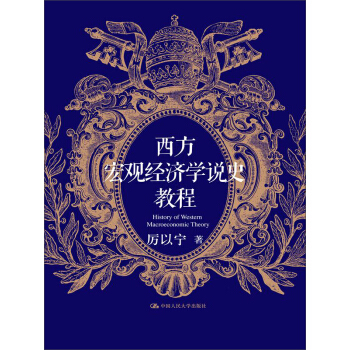
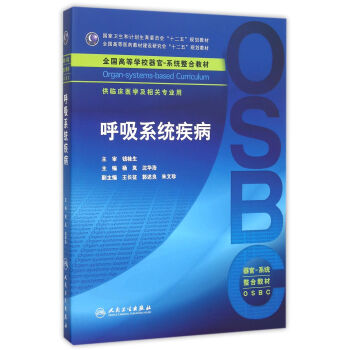
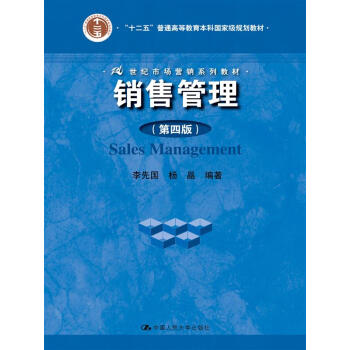
![基於STM32 ARM處理器的編程技術 [Electronic Information Specialty] pdf epub mobi 電子書 下載](https://pic.tinynews.org/11871988/56d6c318N21d246d1.jpg)

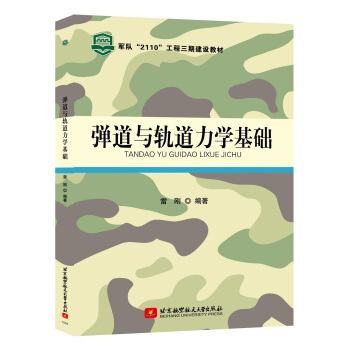
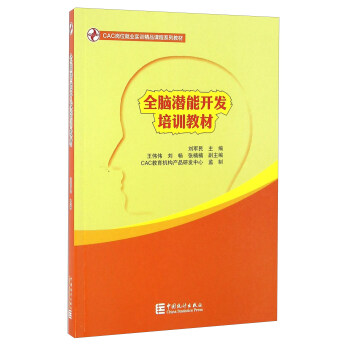
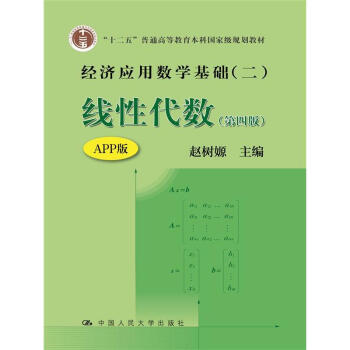
![食品專業英語 [Food Professional English] pdf epub mobi 電子書 下載](https://pic.tinynews.org/11954007/57a9a851Nec000e25.jpg)
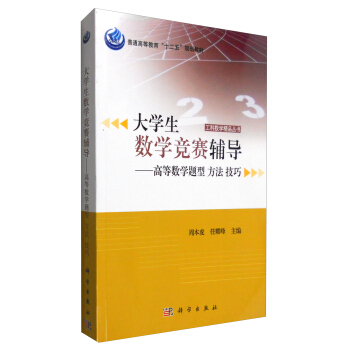
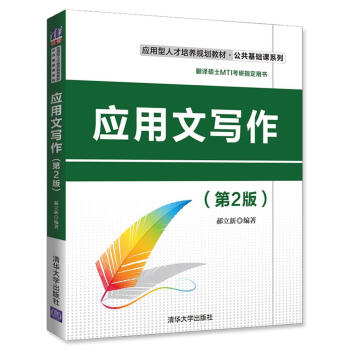
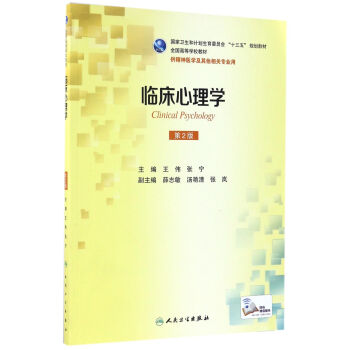

![高等數理統計習題解答(《參數統計教程》題解) [Solution for Advanced Mathematical Statistics] pdf epub mobi 電子書 下載](https://pic.tinynews.org/12034806/57edbe38N049ff71e.jpg)
